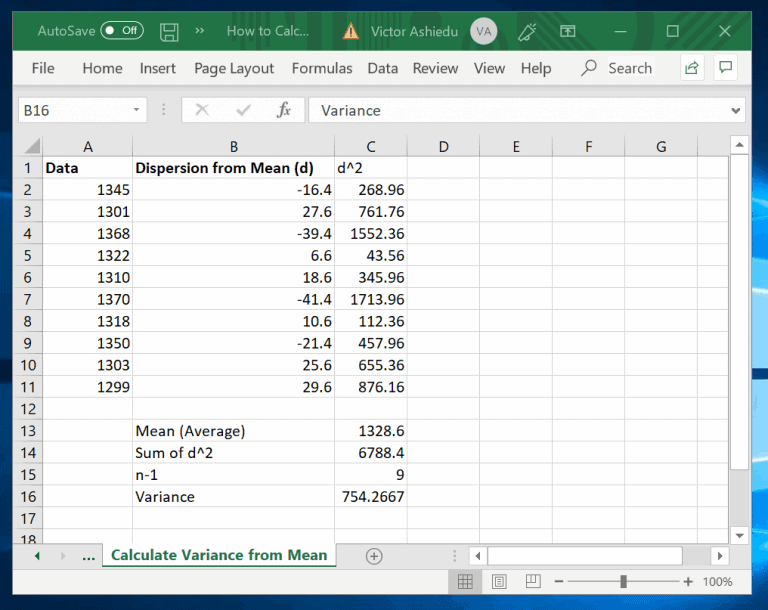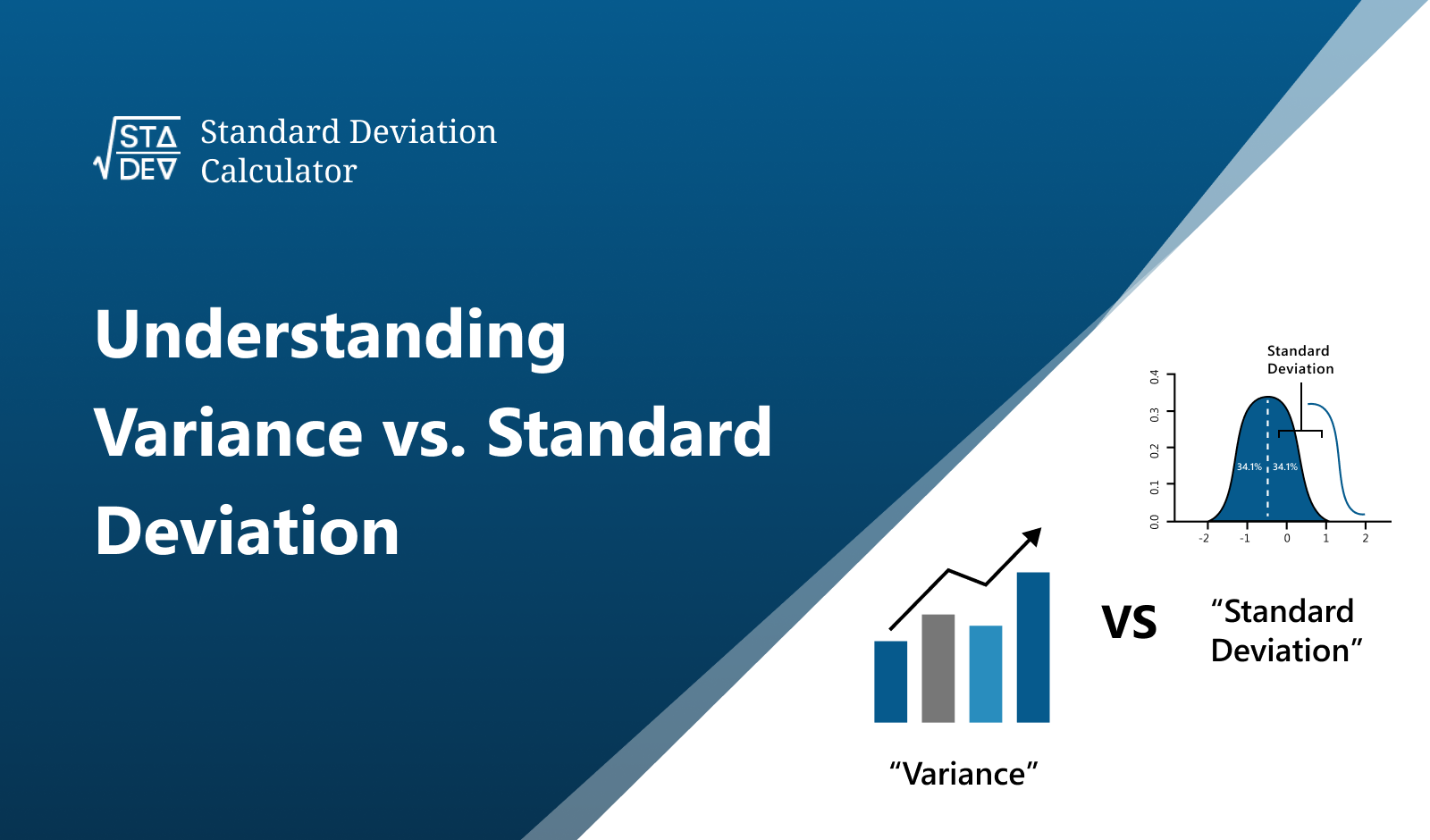Step by Step Calculation

But the variance and standard deviation (the square root of the variance) help determine the perceived impact of a particular stock on a portfolio. This calculator finds the variance of a given data set and displays the steps involved in the calculation. In the table below, the squared deviation calculated from the mean of all test results. The “Mean Deviation” column is the score minus 30, and the “Standard Deviation” column is the column before the square. The population standard deviation is the square root of the population variance. Understanding the different types of variance in Excel is key to accurate analysis.
How to Calculate Variance
- Financial analysts can use variance to assess the individual performance of components of an investment portfolio.
- The variance is the mean of the square of the distance from each point to the mean.
- For all the formats shown in the above table, the calculator processes the input as 44, 63, 72, 75, 80, 86, 87, and 89.
- Understanding variance calculations is more important than you might think.
- The mean is equal to the sum of each observation xi divided by the population size N.
As a result, if you were to divide by n, on average, the sample average would be greater than the population variance. Dividing by (n-1) will correct the biased estimation of the variance, and partially correct the biased estimation of the variance (Bessel’s correction). The sample variance is still biased, but this correction makes it the best simple formula. Once accounting focus limited you get the hang of the formula, you’ll just have to plug in the right numbers to find your answer. Read on for a complete step-by-step tutorial that’ll teach you how to calculate both sample variance and population variance. Use this online variance calculator which works for both sample and population datasets using population and sample variance formula.
Chart Type
If the variance is greater, it shows that the random variable is far from the average value. The disadvantage of using variance is that large outliers in a set can lead to some distortion of the data. This is because the outliers can increase their weight even further once squared. The following steps are involved in the calculation of variance. The range is the difference between the high value and the low value. Since only extreme values are used because these values will greatly affect it.
How to calculate variance

Install ChartExpo today for an insightful variance analysis in Excel. In short, variance in Excel gives you insights into data patterns. When paired with good visuals, it becomes even more powerful. Let’s visualize the variance data below in Excel using ChartExpo and glean valuable insights. ChartExpo charts are available both in Google Sheets and Microsoft Excel.
This method is used when data is available from every member of a group. Understanding variance calculations is more important than you might think. Variance offers valuable insights that can shape your strategy. You can spot patterns, identify risks, and make better decisions by measuring how much data points deviate from the average.
It represents the average of squared differences between each value and the mean. However, the online Standard Deviation Calculator allows you to determine the standard deviation (σ) and other statistical measurements of the given dataset. In a t-test in Excel, variance measures the spread of data in each sample group. It helps determine if there’s a significant difference between group means. Excel uses variance to calculate the t-value, which tests the hypothesis.
Variance analysis in Excel compares actual data to projected values. You can use simple formulas or create a detailed variance report to track performance, and identify discrepancies and trends. The variance for a sample is equal to the sum of squares divided by the number of observations in the sample minus one. Use sample variance calculator above to cross check the result.
If the amount of data is large, this difference is not typically hugely consequential. But in small samples or particular cases, the bias might matter. Use this calculator to compute the variance from a set of numerical values. The variance calculator accepts the input as a list of numbers separated by a delimiter. A few examples of possible input are shown in the table below.
When working with a sample, the population variance is a biased estimator of the variance in the underlying distribution. The mean is equal to the sum of each observation xi divided by the population size N. The square root of the variance gives the result of the standard deviation.
Use the variance calculator to compute both sample variance and population variance, complete with a step-by-step solution, and then present the results in APA format. Scroll the above table for more results.Choose the population variance only if you have the data from the entire population, otherwise use the sample variance. When making inferences, it is preferable to use a large data set to obtain good statistics. But it is often difficult to obtain population data representing all possible observations. Therefore, as a rule, a “sample” is taken from the population. And conclusions about the population are usually drawn from the sample data.
